StoneFlow is a double-curved tunnel made of unique stone blocks that fit together and support each other. The vault was created through a research project that brought together the GSA Research Laboratory (Geometry-Structure-Architecture) of the National School of Architecture, ENSA Paris-Malaquais, PSL University, Paris, France, and the Stone and Earth laboratory of the French University in Egypt (UFE). The vault was designed using digital tools and built using traditional masonry methods.
The vault is a temporary building made at the UFE during a workshop in February 2024. It will be on show until June 2024. The vault is the first product of the StoneFlow study project, which investigated making stone a more sustainable building material. The GSA team sees that stone is only used as a covering or decoration these days and that the traditional skills of stone masons are being lost.
For hundreds of years, stone was the main building material. However, stone lost some of its importance when concrete came along at the beginning of the 20th century. The GSA team thinks that by combining old-fashioned stone-cutting methods with new digital ones, stone can regain its structural importance, bringing back its unique tectonics and beauty while also accepting its environmental benefits. The design method of StoneFlow uses advanced mathematics and computing skills to move from the old stereotomy rules for flat and single-curved surfaces to those for doubly-curved ones.
The architectural form, stereotomy principles, material knowledge, and fabrication process could all be included in the early design stage thanks to a custom computational workflow. The goal was to combine tradition and innovation in a continuous design-to-fabrication process.
Design Process:
A special digital design tool made it possible to add curved surfaces to Joseph Abeille’s stone interlocking system from the 1600s, which was first made for flat surfaces. The custom tool cuts a surface into truncated tetrahedrons that fit together and are stable. It does this by taking into account the slope surfaces that slide together. As a two-way system, each block depends on the blocks next to it to work properly. This can only happen when the whole thing is put together.
The team chose a Conoid for the Cairo vault. A Conoid is a twice-curved ruled surface that gives unique blocks. To make cutting by hand easier, though, the blocks were made to have mostly flat sides. This estimate was based on the mathematical surface’s natural ability to be helpful. The vault is 1.80 x 1.80 cm and comprises 63 different 12 cm thick blocks. The vault’s structure works as a self-supporting device for bending and compressing. The outer blocks are joined together to stop the inner blocks from moving.
The inner blocks of StoneFlow are held in place by dry joints that don’t use glue or screws. The researchers chose a type of white limestone from Egypt called “Torah” to show that understanding geometry, structure, and local craftsmanship can help people build beautiful and useful buildings, even when they don’t have a lot of money or time. The Islamic architecture of Cairo is used as a model for the form of the walls that hold up the vault. Some wall blocks were purposely left rough, giving the material a rough and striated pattern that makes it look better, especially when light and shadow play with it.
Fabrication Process:
Tracing, cutting, and putting are the three standard steps that traditional masons use to build something. To begin, the cutting lines on each block were marked with tracing stencils made from the digital model. After that, the raw blocks were cut by hand with traditional tools until the truncated tetrahedra shapes were exposed. After putting the blocks on a standard wooden centering, they were put down from the flat beam side in the back to the arch side in the front. Finally, the framing was taken away, and the vault was strong enough to hold its own weight.
Activities:
The vault was realized during a seven-day educational workshop at the UFE with 22 students from Cairo’s architecture, engineering, and design schools. The second part of the research project is a seminar on stone construction that will be held in May at the GSA laboratory, ENSA Paris-Malaquais.
Conclusion:
The vault is a testament to the power of interdisciplinary collaboration between architects, engineers, and Stonemasons on the ground of mathematics, geometry, computation, material, and construction. The project’s multidisciplinary approach challenges traditional stone construction and stereotomy, unlocking new possibilities for future architectural endeavors.
Project Info:
The research team of StoneFlow:
GSA laboratory, ENSA Paris-Malaquais, PSL University: Aly Abdelmagid, Ahmed Hussein, Anahita Mirani (Architects), Paul Vergonjeanne (Stonemason), Roberta Zarcone (Building Engineer-Architect)
Earth and stone laboratory, French University in Cairo: Philippe Bastide (Stonemason)
Local collaborators: Mahy Hamed (Architect, UFE), Marceau Lheureux (Stone mason, Compagnon du devoir), Mostafa Salem (Architect, MSA & AAST)
Participant students from The French University in Egypt (UFE), Modern Sciences and Arts University (MSA), and Arab Academy for Science, Technology and Maritime Transport (AAST): Rawan Mohamed, Oum Kalsoum Samir, Farida Mohamed, Mariam Hany, Logine Wael, Wed Ahmed, Mahinour Ihab, Mazen Ashraf, Youssef Mohamed, Raphael Naguie, Mostafa Mohamed, Shahd Hamam, Malak Moawad, Mohamed Sharkawy, Noureen Adel Nour Ayman, Nourhane Yasser, Nadine Hossam, Shada Hafez, Mariam Shokeir, Malak Talal, and Malak Ahmed
Photography: Mark Marmina and the research team



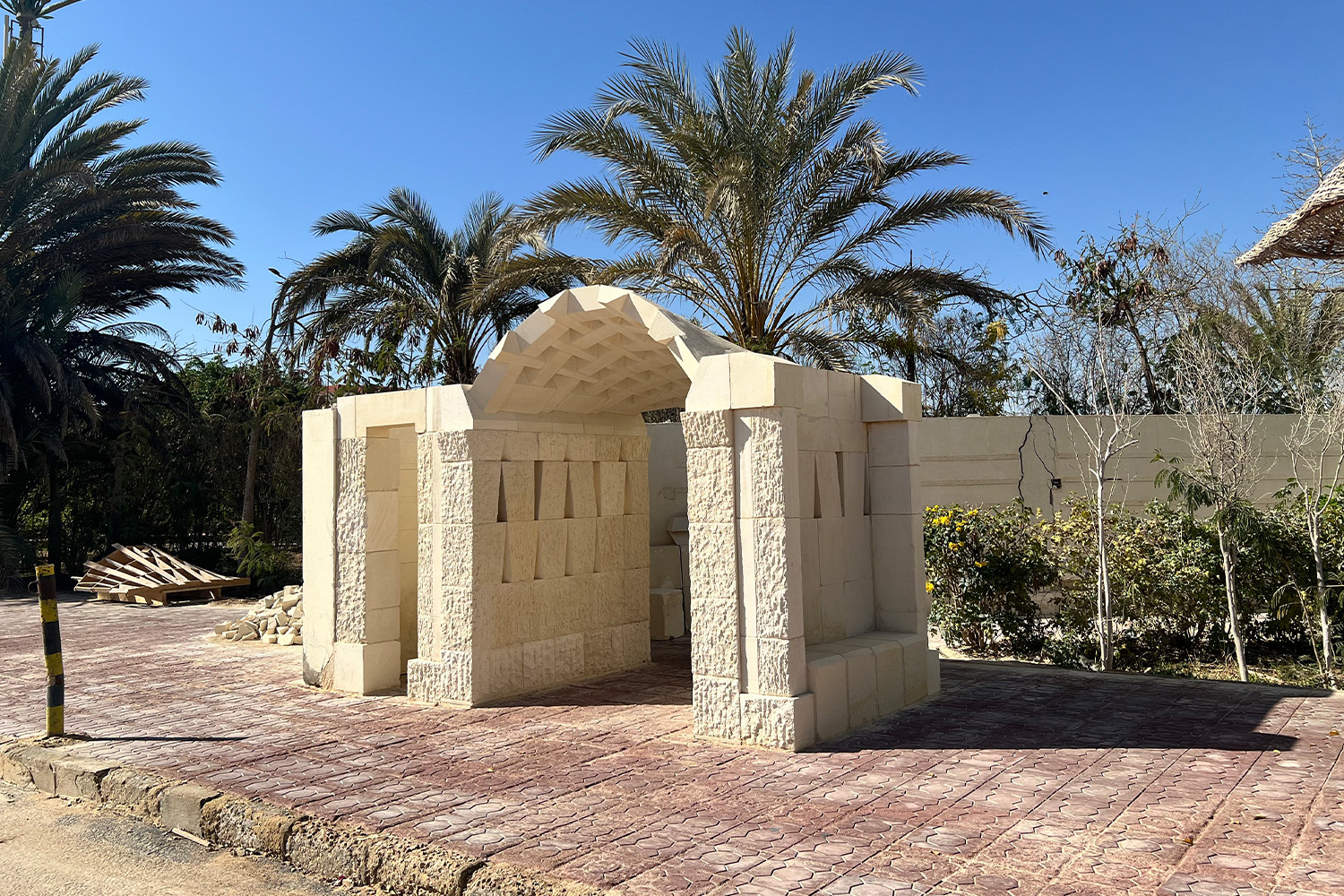
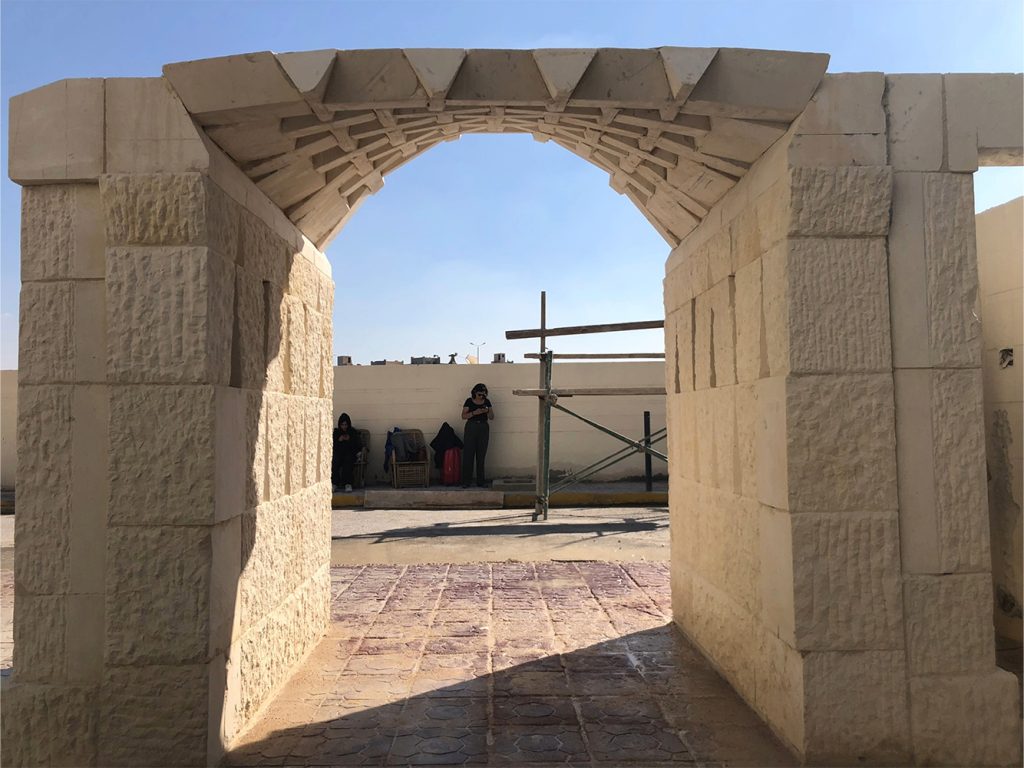
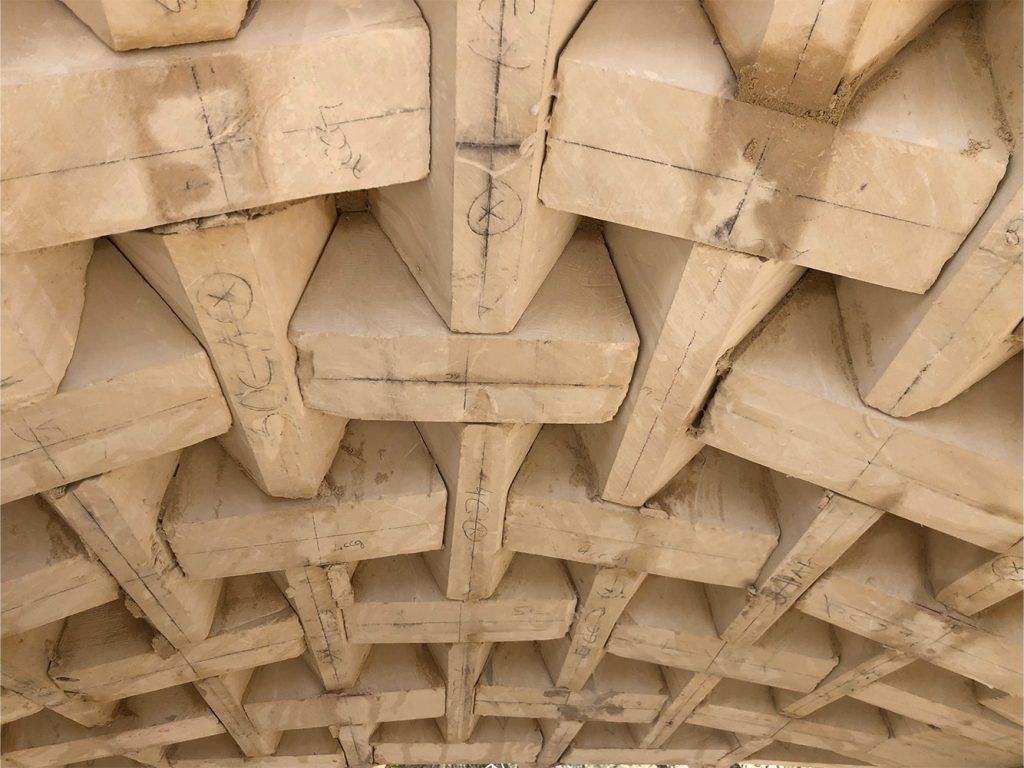
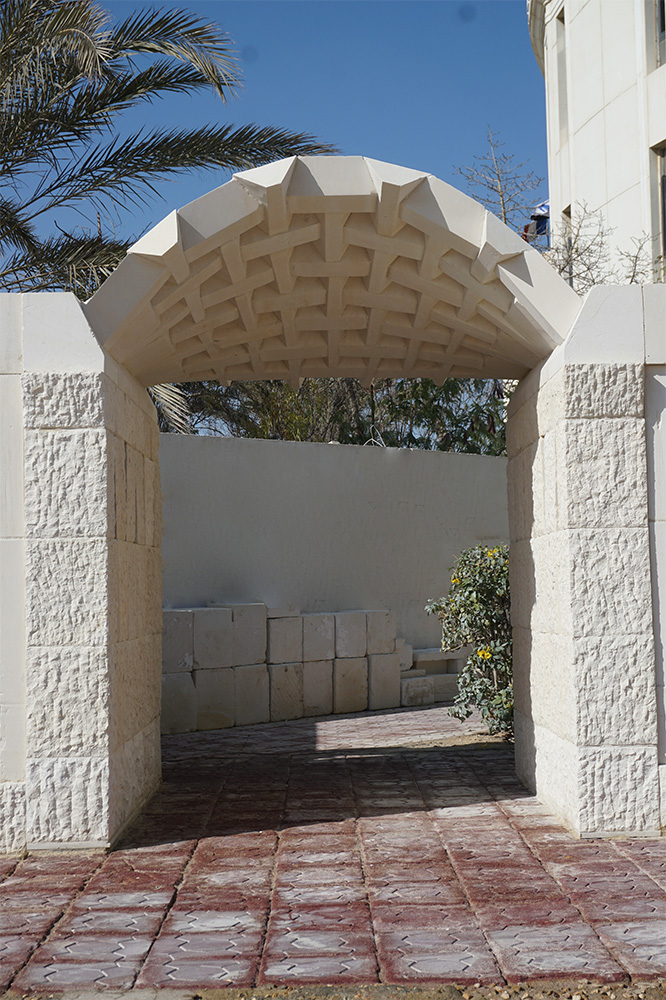
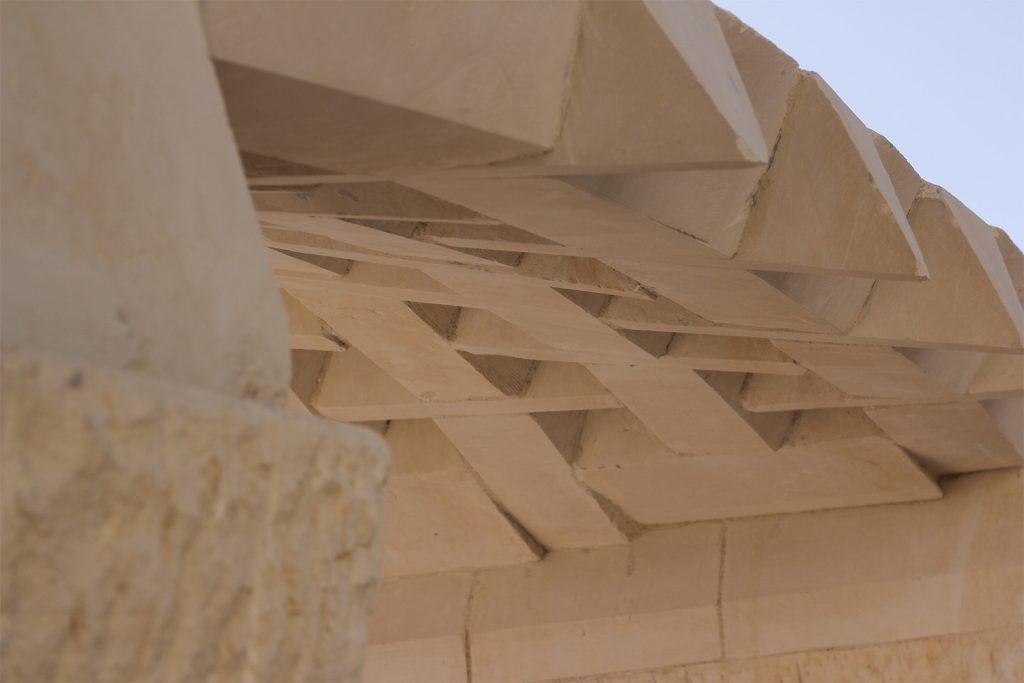

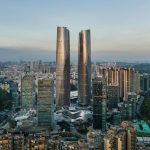
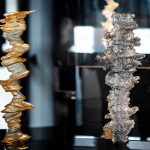
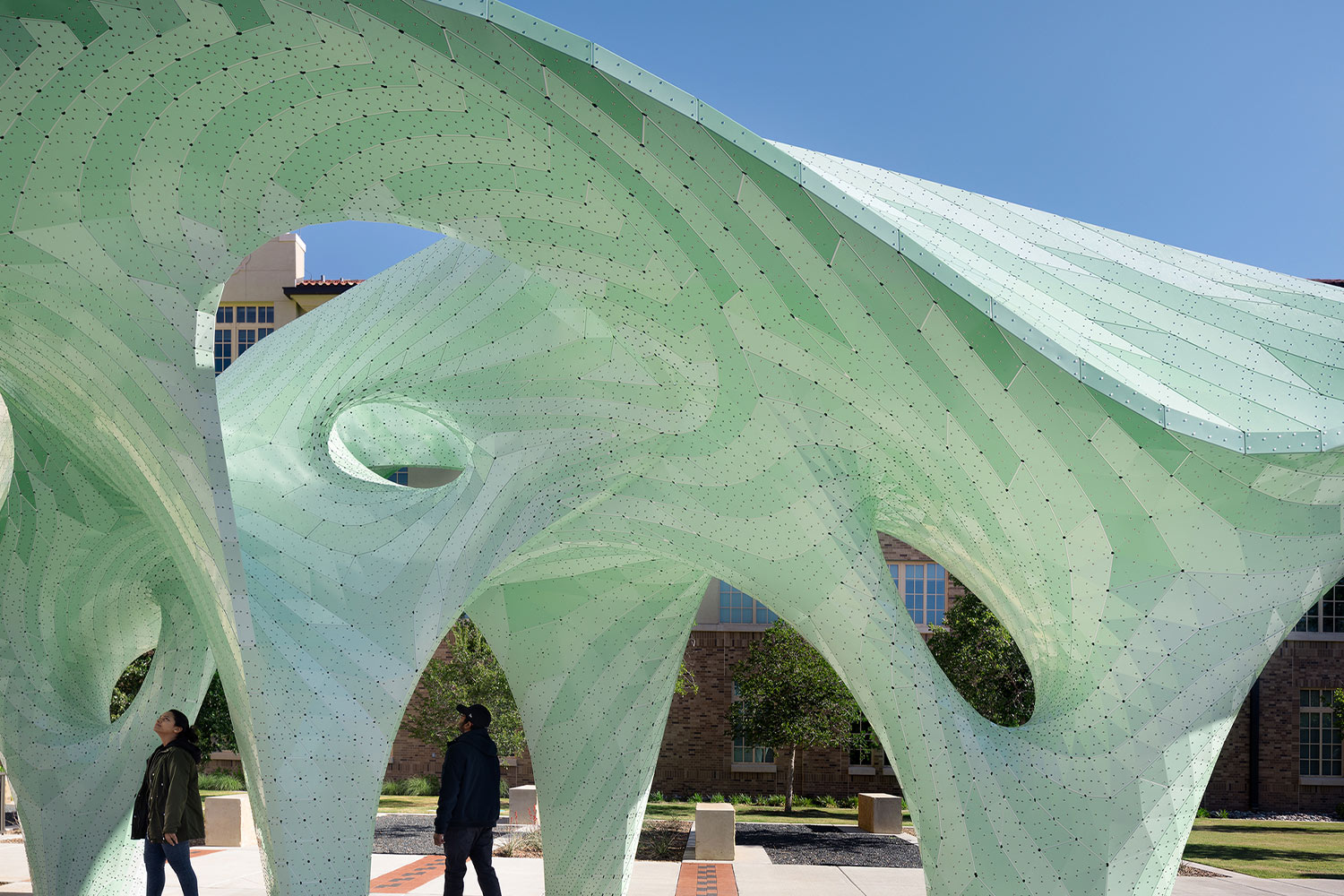

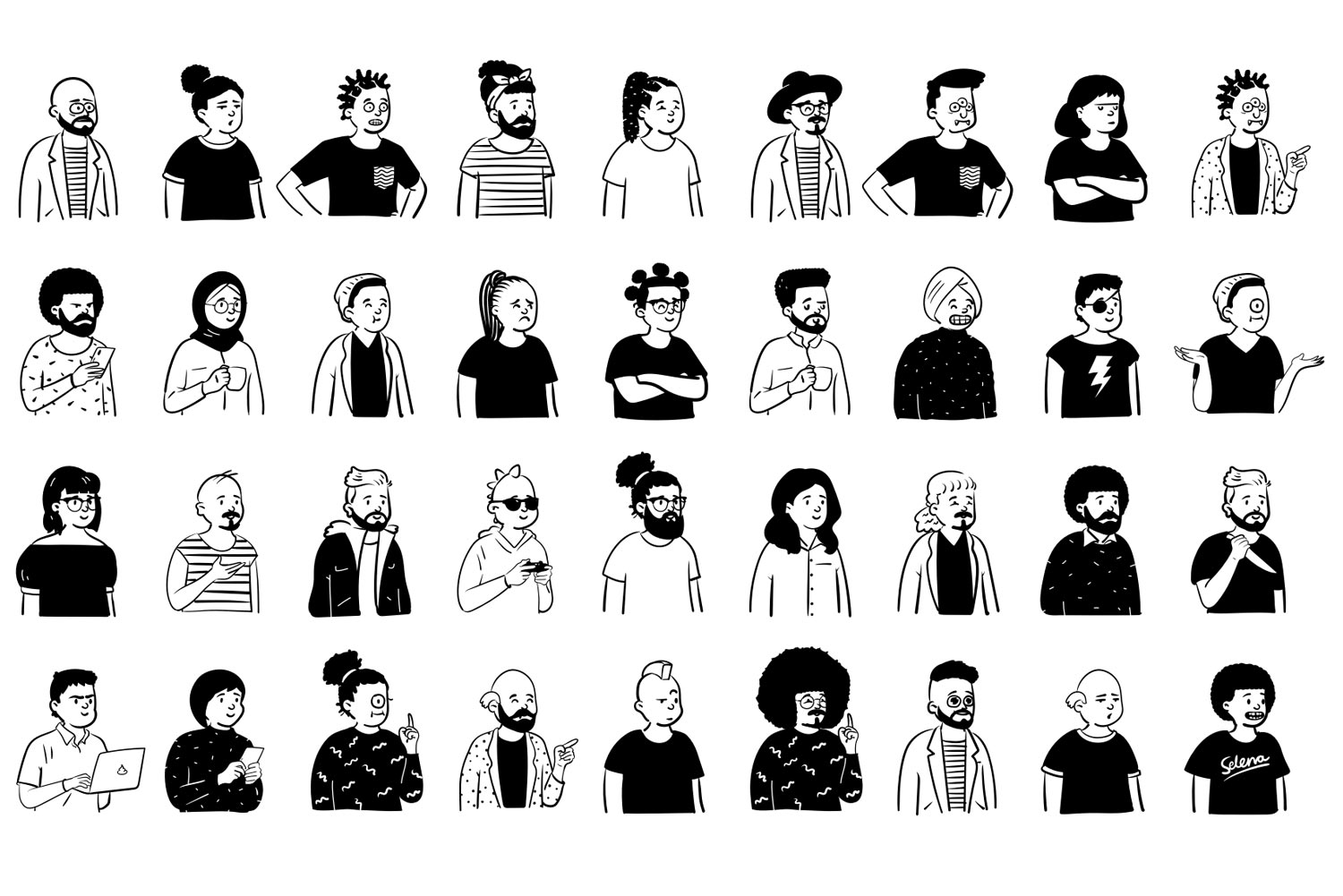









Leave a comment